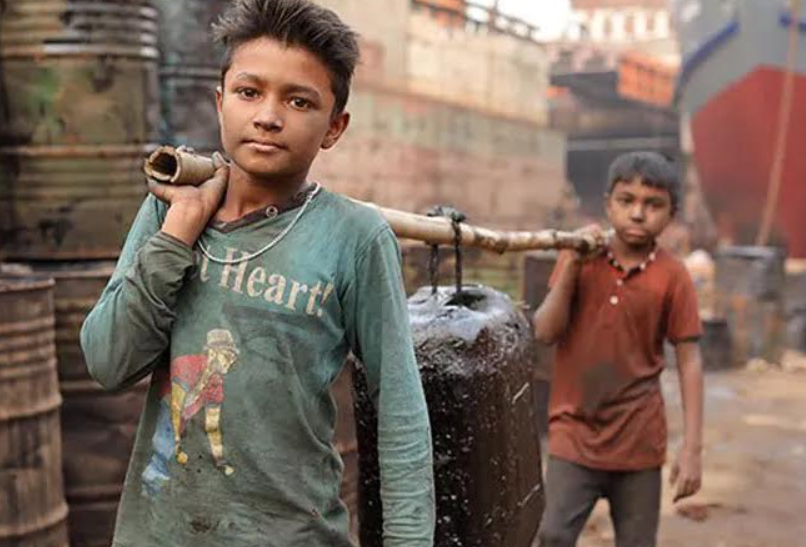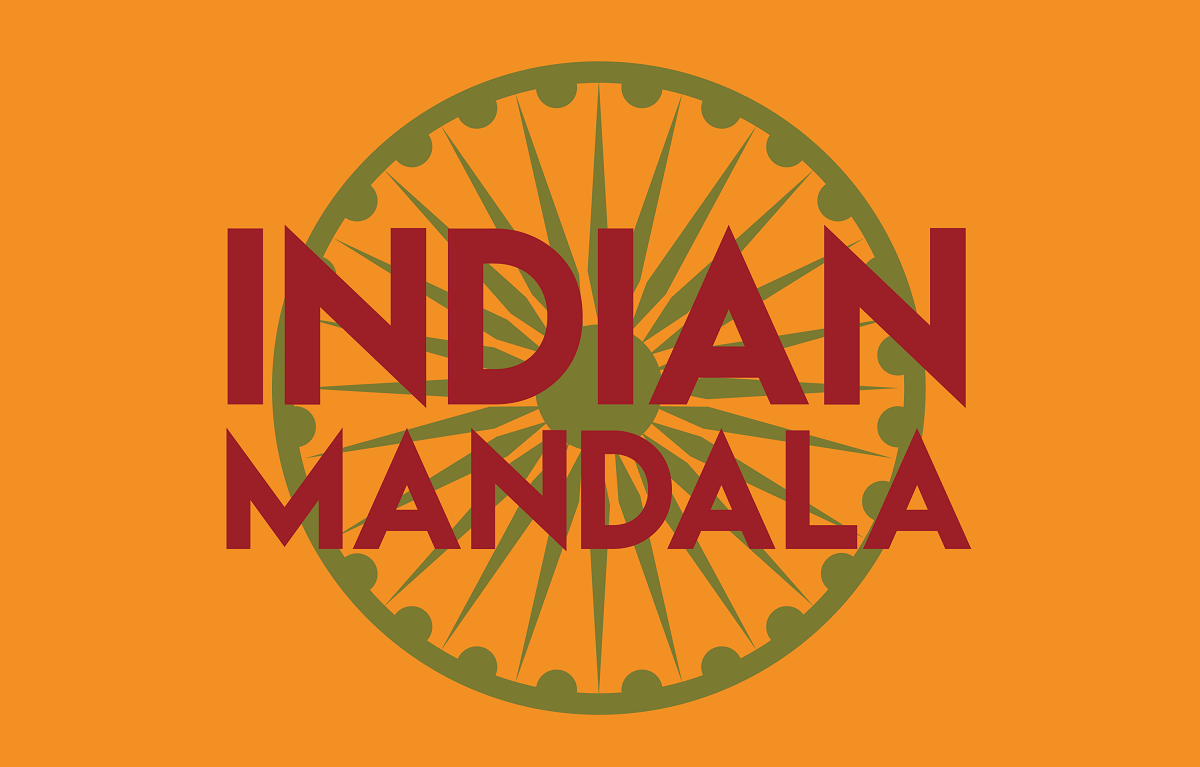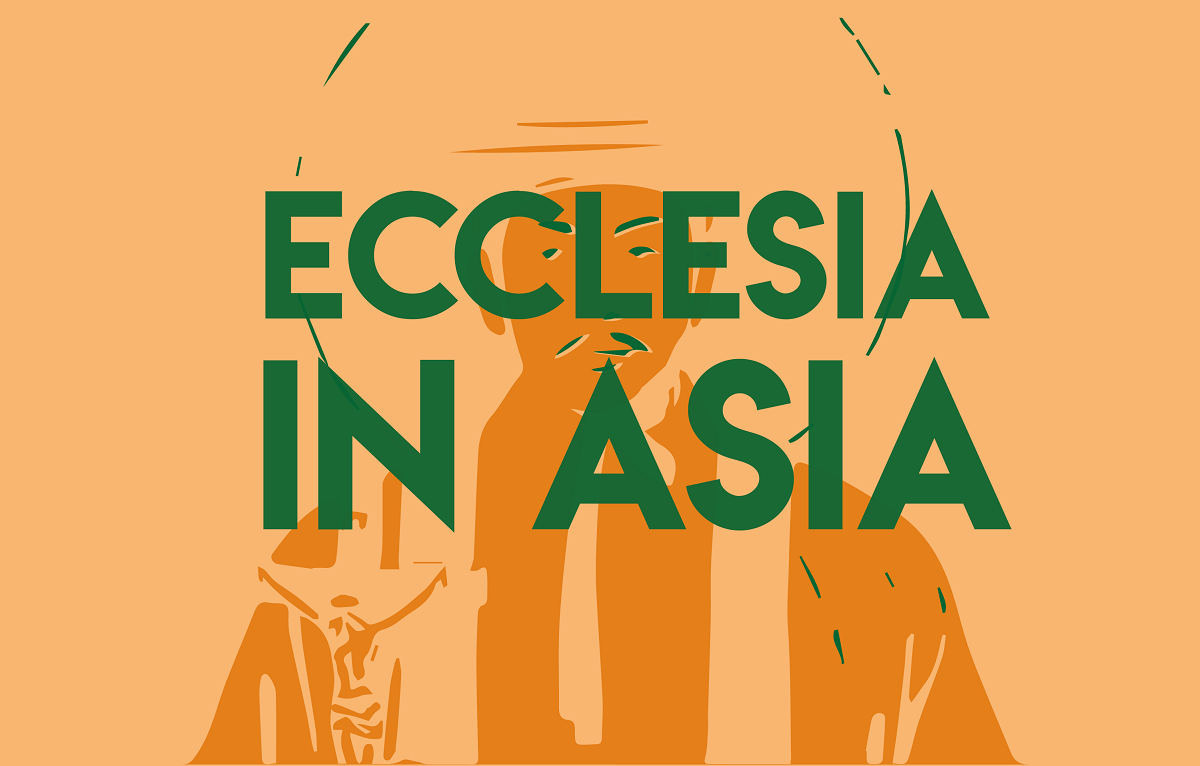Child labour: Asia-Pacific leads global decline, but UN goals still distant
New data from the International Labour Organisation and UNICEF indicate a drop of 22 million child workers in four years. However, 138 million children remain trapped in this scourge, particularly in agriculture and the informal economy. Expert Insaf Nizam, who spoke to AsiaNews, highlighted the role of economic growth, warning of the dangers of inequality and family responsibilities.
Geneva (AsiaNews) – A new joint report by the International Labour Organization (ILO) and UNICEF, titled Child Labour: Global estimates 2024, trends and the road forward, was released today to mark World Day against Child Labour, which falls on 12 June.
The study found that about 138 million children are still involved in child labour worldwide, a tragic number that is far from the United Nations sustainable development goals, but one that also signals a positive development since it represents a drop of 22 million in four years, reversing a worrying upward trend recorded between 2016 and 2020, when 160 million children were involved in child labour.
Asia-Pacific is the region that achieved the most significant reduction, with the rate dropping from 5.6 per cent to 3.1 per cent (from 49 million to 28 million children).
UN organisations report significant progress in the recent past. Although the child population increased by 230 million since 2000, there are approximately 108 million fewer child workers, equal to a reduction of 44 per cent at a global level.
“The findings of our report offer hope and show that progress is possible. Children belong in school, not in work,” said the ILO’s Director-General, Gilbert F. Houngbo.
Child labour increases the likelihood that children will not go to school. For children aged 5 to 14 involved in child labour, 59 per cent do not attend school. Among those who are not involved in child labour, however, the figure drops to 8 per cent.
Certain factors affect child labour in the various countries or regions. These include poverty, lack of inclusive education, lack of decent work opportunities for adults,” said Insaf Nizam, specialist at the International Labour Organisation-South Asia, speaking to AsiaNews.
In the case of Asia-Pacific, while targeted programmes and policy measures to reduce child labour have helped a lot, the report notes that economic growth is the main factor in the progress achieved so far.
“The trend was most pronounced in Asia and the Pacific, with an over 80 per cent drop in poverty rates from 2008 to 2024,” Nizam stressed.
By contrast, Sub-Saharan Africa continues to bear the brunt of child labour, with nearly two thirds of all working children, or about 87 million.
The report also highlights that agriculture remains the dominant sector for child labour, accounting for 61 per cent of all cases, followed by services (27 per cent), such as domestic work and selling goods in markets, and industry (13 per cent), which includes mining and manufacturing. These percentages also apply to Asia-Pacific.
“[A]ddressing child labour in the agriculture sector has its particular challenges” because it is “rural, difficult to monitor/inspect, family-based and informal,” Nizam explained.
However, to counteract the problem, attention to the agricultural supply chain has proven to be a winning strategy.
“Many agricultural products are linked to global supply chains which are ever more conscious about human rights violations (note: child labour is a violation of fundamental human rights) and are compelled by legal requirements as well as reputational concerns to eliminate child labour. This has proven to be quite effective in a sector that is largely informal and is difficult to reach and monitor by law enforcement authorities.”
The report also shows a gender gap. Boys are more likely than girls to be involved in child labour at every age. However, if unpaid domestic work of 21 hours or more per week is included, the gender gap reverses, with girls having a slightly higher share than boys.
“For Asia-Pacific I can point out two key contributing factors,” said the ILO expert. “Firstly, the gender norms in Asia-Pacific are still very much conservative, and place a disproportionate burden on girls and women to shoulder household responsibilities. There is a social expectation that it is the ‘duty of girls to engage in household chores’. Secondly, the social definition of ‘work’ is that of activities that are conducted outside the home or that generate economic value, therefore in many cases while girls work for long hours attending to household chores, that does not get recognised by the society, that remains hidden behind doors.”
Although child labour has nearly halved since 2000, the current pace is still too slow to achieve complete elimination as called for by the Sustainable Development Goals: to end child labour in the next five years, the rate of progress would need to be 11 times faster.
“A high level of informality particularly in the rural and agricultural sectors, uneven growth or growth that has not reached all segments of the population, the huge care burden that still lies on the shoulders of women and children continue to remain as major challenges in the fight against child labour,” Nizam said.
“Informality is a big challenge in that it not only increases the vulnerability of children to be engaged in child labour but it also hides child labour from being seen. Child labour monitoring, and labour inspection are all the more complicated when it comes to the informal economy. It also reduces the chances of families accessing social protection thereby increasing the vulnerability further.”
The progressive aging of the Asian population could further slow down the progress achieved so far. This trends “means that there is an ever-increasing care burden on families, which will be shared disproportionately by children and women. Farsighted policy measures are needed to address these issues and ensure that child labour does not become the coping strategy for families when they face such burdens.”
Photo: Unicef
22/03/2023 18:07







.png)










